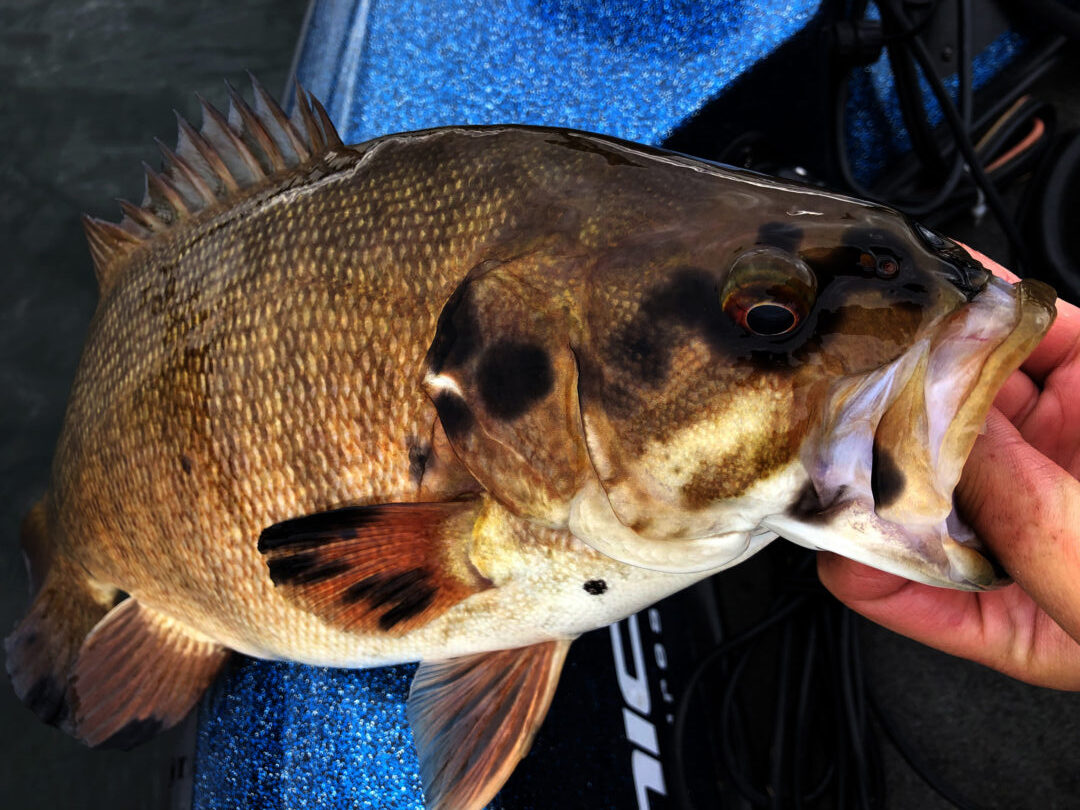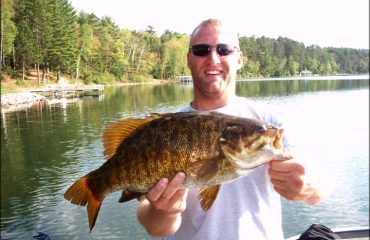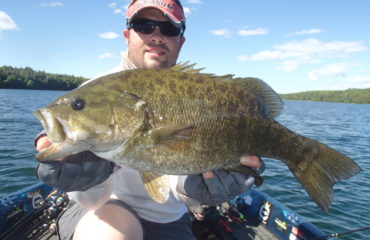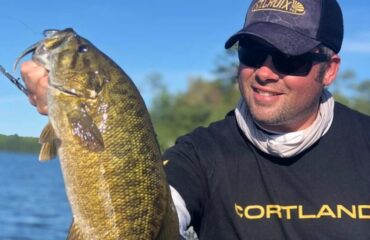Smallmouth Melanosis
I remember catching my first smallmouth with black blotches on it in 2010, and this oddity has perplexed me ever since.
Never a worry, but catches like these have become more common to my boat in recent years. It only seems to occur on select inland fisheries too.
I’m most commonly finding these fish on the Wisconsin River system and its flowages. But I’ve also captured these blotchy bass on lakes, too.
At this time last year, I inquired about melanosis with Vilas County biologist, Eric Wegleitner. Unsure whether he could help tackle my questions, I was then referred to the WI-DNR veterinarians in Madison, WI for answers. Unfortunately, my inquiry received zero response from them.
I’ve caught plenty of smallmouths with this skin condition. What is melanosis and how do some fish develop it? What causes the pigment disorder?
So, I played investigation reporter.
Melanosis is a seldom-studied pigmentation disorder
Melanosis (botchy bass syndrome) is the condition when a skin cell is unable to regulate pigment production. Commonly, fish with the disorder have black, ink-like spots on their skin.
We’ve only caught smallmouths with t



















